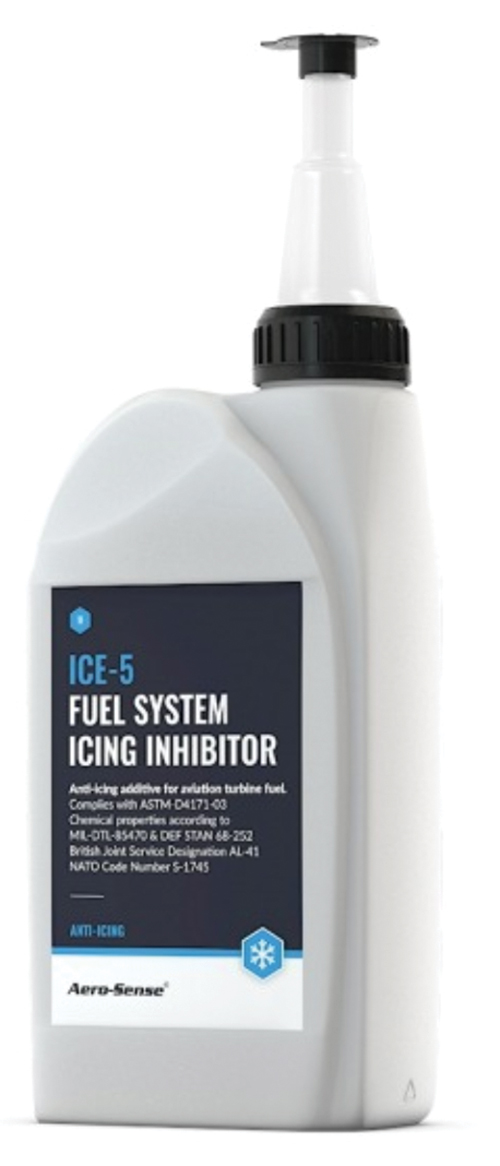In the realm of modern automotive technology, Diesel Exhaust Fluid (DEF) stands as a crucial yet often overlooked component within the diesel engine ecosystem. Though many drivers may encounter this fluid during routine maintenance or refueling, the story of DEF’s inception and its journey into contemporary use is a tale rooted in engineering innovation and ecological responsibility.
The conception of DEF can be traced back to the late 20th century when environmental regulations began tightening in the wake of growing concerns about air pollution. In 1990, the United States Congress enacted the Clean Air Act Amendments, mandating more stringent limits on nitrogen oxides (NOx) emissions from diesel engines. This legislation catalyzed a wave of innovation among manufacturers, propelling them toward solutions that would meet evolving standards while preserving engine performance.
Initially, the quest for an effective NOx reduction strategy led to the exploration of several technologies. However, as the industry explored various options, Selective Catalytic Reduction (SCR) emerged as a frontrunner. SCR is a sophisticated approach that uses a chemical reaction to convert harmful NOx emissions into harmless nitrogen and water. The process requires a reducing agent, and that’s where DEF enters the narrative.
DEF is a non-toxic, azure-hued solution composed of 32.5% urea and 67.5% deionized water. The choice of urea—a compound derived from ammonia—was instrumental; it’s not only effective in the SCR process but also environmentally friendly. Once injected into the exhaust stream, DEF reacts with NOx in the presence of a catalyst, resulting in the formation of nitrogen and water vapor—a monumental outcome for air quality.
The first widespread introduction of DEF took place in the early 2000s, aligning with the launch of diesel engines designed with SCR technology. Europe led the charge, adopting stringent emissions regulations (Euro 4 and Euro 5 standards) that necessitated the integration of DEF. The introduction of SCR technology in Europe became a pivotal moment for diesel engines, heralding a new era where high performance and lower emissions coexisted harmoniously.
By 2008, the United States followed suit with the introduction of the EPA 2010 emissions standards, which mandated a significant reduction in NOx emissions for heavy-duty trucks. This regulatory shift spurred the integration of SCR technology and consequently, the use of DEF across various segments of the diesel market—spanning commercial fleets, heavy machinery, and even passenger vehicles.
The adoption of DEF extended far beyond mere compliance; it signaled a broader commitment among manufacturers to embrace sustainability and create cleaner alternatives in the pursuit of performance. This climb towards greener diesel engines has also perpetuated a cultural shift, reshaping public perception of diesel technology and its place in an environmentally-conscious society.
As DEF gained traction, so did the infrastructure for storage and distribution. No longer confined to niche supply chains, DEF became widely accessible—appearing at diesel fuel stations, dedicated dispensing locations, and even through home delivery systems for fleet operators. This infrastructural evolution has made DEF an integral part of the refueling experience for diesel vehicles, further solidifying its presence in the market.
However, this compelling history does not merely stand as a timeline of regulatory compliance and technological advancement. It also encapsulates a burgeoning fascination with the delicate balance between performance and environmental stewardship. Drivers who once viewed diesel engines as synonymous with pollution are increasingly encountering a more holistic understanding of how technology can transform even the most traditional powertrains into greener alternatives.
In recent years, the discussion surrounding DEF has intensified, especially within the context of sustainability and innovation. As global influences push towards a greener future, this fluid’s role may extend beyond mere emissions reduction. There is speculation among engineers and manufacturers exploring the potential for alternative usages of DEF and its components, envisioning the fluid not just as an exhaust additive but as a catalyst for broader industrial applications.
Moreover, the spirit of DEF has found resonance in broader discussions about cleaner fuels and renewable energy sources. As the focus shifts toward electrification and hybrid technologies, diesel engines equipped with SCR systems and supported by DEF illustrate a path that leverages existing frameworks while transitioning toward novel energy paradigms.
In light of the dynamism that characterizes the automotive industry, the history of DEF serves as a testament not only to human ingenuity but also to our capacity for adaptation in the face of environmental challenges. Its evolution from a regulatory requirement to a symbol of sustainable engineering underscores the need for continued innovation and commitment to cleaner technologies.
As we forge ahead, the significance of DEF extends beyond its role in diesel engines. It embodies a narrative rich in responsibility and resilience, prompting us to consider how today’s engineering solutions can shape the landscapes of tomorrow. From its inception as a solution to stringent regulations to its ongoing journey as a hallmark of intelligent engineering, DEF remains a captivating chapter in the annals of modern mobility.
